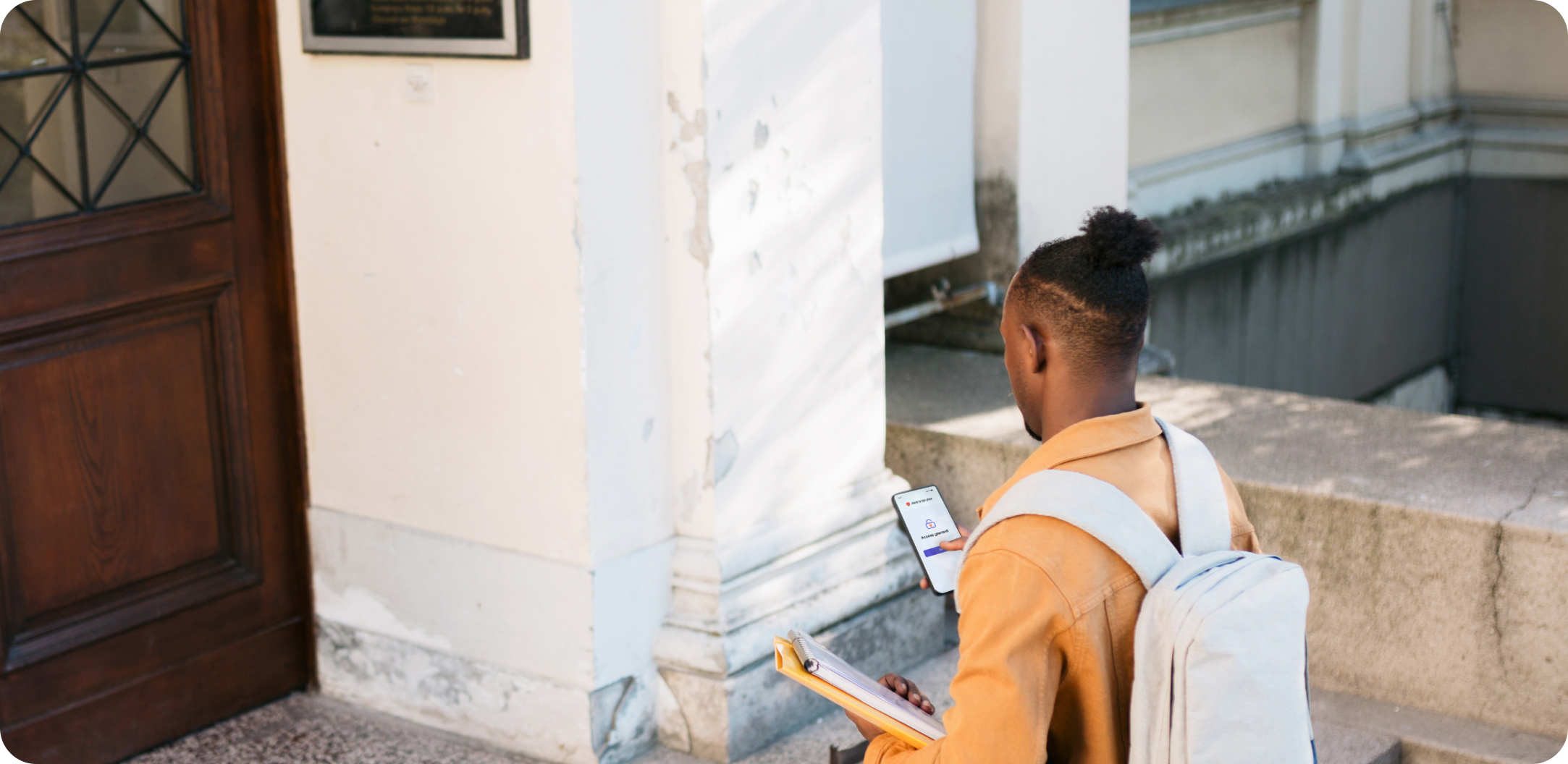
Enter security convergence—a solution that promises to revolutionize campus security.
By integrating cyber and physical security through a unified platform, higher education institutions can streamline security processes and bolster defenses against both physical and cyber threats. Imagine a seamless system where access control, data protection and threat response are all interconnected, providing real-time monitoring and automation.
The benefits of this convergence are manifold. Firstly, it offers a unified view of the entire security landscape, enabling security teams to identify and respond to threats more efficiently. To add to that, automation reduces the burden on staff while enhancing the accuracy and speed of threat detection. The result? Cost savings, better resource allocation and, ultimately, a safer campus environment.
But the evolution of campus security doesn't stop there.
The introduction of mobile credentials, such as Apple’s Student ID cards and Google’s Campus ID, represents a leap forward in access control technology. Seamlessly integrated into the broader security convergence platform, these digital solutions offer convenience, security and efficiency—all essential components of modern campus security.
Visitor management is another area ripe for transformation. Traditional visitor management systems are often manual and disjointed, creating security risks and burdening administrative staff. By integrating visitor management systems with other security measures, campuses can ensure that guests are properly screened and monitored, enhancing security without sacrificing hospitality.
Looking to the future, generative AI also emerges as a game-changer in campus security. With its predictive analysis capabilities, Gen AI can anticipate threats before they occur, empowering security teams to take proactive measures. In emergency situations, real-time response and decision-making are paramount—and generative AI rises to the occasion, providing invaluable support when it matters most.